Rewetting targets proposed as part of the EU nature restoration law look set to soften as the law’s backers push to secure enough MEP support to keep the law alive.
The future of the law has been on unsteady footing after the EPP group, the largest grouping of MEPs in the European Parliament, walked out of talks on the proposed law last week.
The green-leaning environment committee in the European Parliament has since indicated that it will roll back its rewetting ambitions after previously seeking to increase the amount of land that would have be rewet under the law.
Just one week out from the committee’s key vote on the law, it has reverted its targets to what was initially proposed by the European Commission last year.
In Ireland’s case, the move reduces the area of land in the committee’s rewetting firing line from around 150,000ha to 116,000ha.
The Council of Ministers is gearing up to push for even lower rewetting targets and more flexibility in meeting them.
It only wants to restore 50% of the area of drained farmed peatlands, while Parliament and the Commission are seeking to restore 70%.
Half of each restoration target would need to be filled by rewetting.
The difference between these two rewetting positions represents a land area of 34,000ha – the equivalent of fully rewetting 1,300 average-sized farms in the northwest of Ireland.
Many aspects unclear
Both the Parliament and the ministers are expected to push for flexibility in aspects of the law, including what counts as rewetting and whether targets can be scaled back in later years.
The final targets will remain unknown until trilogue negotiations kick off.
Clear definitions must be agreed by all sides on what will constitute rewetting and farmland restoration.
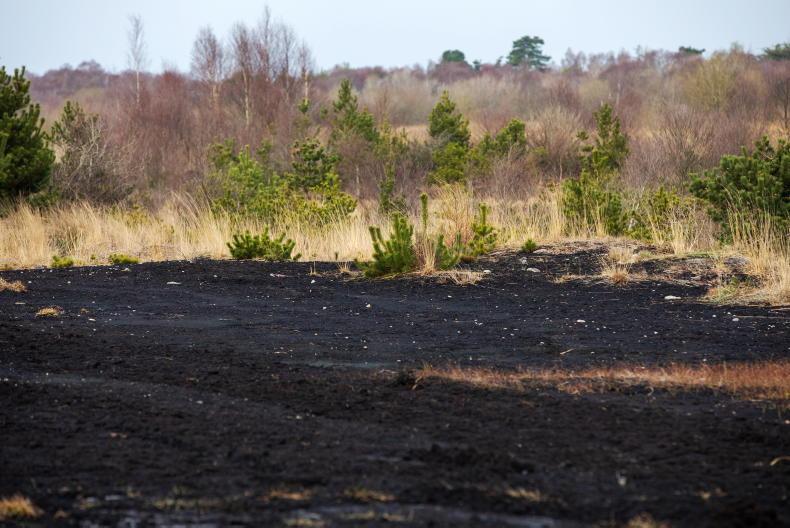
State lands can be used to meet rewetting targets. \ Claire Nash
Another roll-back from the environment committee’s position concerns carbon in tillage soils.
The original proposals looked for a mandatory rise for carbon in tillage soils until “satisfactory levels” have been achieved.
The new committee position suggests that this target should be voluntary for member states.
“In terms of the 2030 and 2040 and 2050 targets for rewetting, we will have the capacity in relation to State-owned lands to be able to deliver on that.” – Minister for Agriculture Charlie McConalogue speaking about the rewetting target “flexibility” secured at the Council of Ministers on RTÉ Radio 1 on 21 May.“What we are saying is that out to 2030, and even out to 2040, we can meet the majority of our ambitions in terms of agricultural commitment on State lands, Coillte lands and Bord na Móna lands, and we have been very clear on that. Thereafter, we are talking about possibly 14,000ha of land that we would be required to use and this would be under voluntary schemes.” – Minister of State Malcolm Noonan speaking during a Dáil debate on nature restoration last week, appearing to suggest that rewetting farmland will be required to meet the 20250 target.
“Peatland rehabilitation schemes on State lands have extensive measures and processes in place to ensure that they have minimal impact on neighbouring lands.” – The Department of the Environment responding to an Irish Farmers Journal query on whether rewetting State land may have implications for farmers bordering rewet lands.“The minister says the proposal will not be legally binding on people ... what has the Habitats Directive done? It has put legally binding obligations on everyone’s land that is designated throughout this country.” – Roscommon-Galway TD Michael Fitzmaurice raising concerns about nature restoration in the Dáil.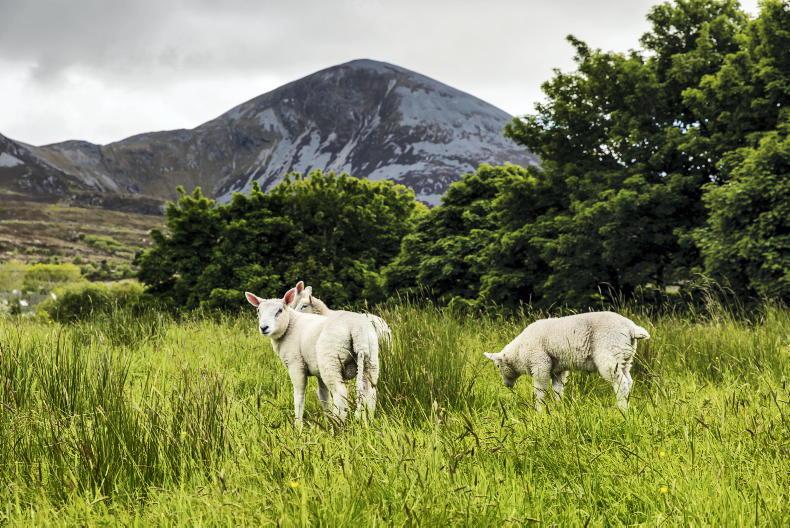
Farmland will need to be restored and possibly rewet, depending on where the targets fall. \ Philip Doyle
Proposals changing: the key European players and decisions
March 2022: a European Commission proposal for an EU-wide nature restoration law is leaked as its official publication is delayed for three months. The leaked proposal seeks to restore 70% of drained farmed peatlands, half of which would be rewet. Peat-cutting sites are not mentioned in this proposal. June 2022: the European Commission’s official proposal is published which seeks to restore 70% of drained farmed peatland and rewet half of these. It would allow State lands to contribute towards these targets.November 2022: Minister McConalogue tells the EU environment commissioner that CAP funds cannot be used to finance the law, and that there is not enough information to know how much land will be affected in Ireland.May 2023: the European Parliament’s environment committee suggests it will seek to restore 70% of drained farmed peatlands, two-thirds of which is rewet. This is higher than the original proposal.10 May 2023: Ireland’s NPWS officials outline the latest position of EU environment ministers to an IFA farmer information meeting in Tullamore. They say, significantly, that ministers want to cut targets to restore 50% of drained farmed peatlands, half of which would be rewet. This is lower than previous targets proposed.22 May 2023: the European Parliament’s agriculture committee votes to outright reject the proposed law, with the fisheries committee also rejecting it. However, it is the environment committee that is leading the European Parliament’s position on the law. 15 June 2023: the European Parliament’s environment committee is scheduled to vote on its position and decide what position the Parliament will take in negotiations. It is expected that the higher targets will be abandoned in favour of reverting to the original targets.20 June 2023: environment ministers are expected to agree their position. They are currently understood to be seeking softer targets than both Commission and Parliament, with more flexibility on how the targets are met.Summer/autumn: trilogue talks between the European Commission, Parliament, and Council of Ministers should begin to finalise the law, its targets and its definitions. The area of land impacted in Ireland will not be known more accurately until detailed mapping takes place.2023/2024: nature restoration law expected to be introduced, with the State legally obliged to meet the targets set out for 2030, 2040 and 2050 in the law.
Rewetting targets proposed as part of the EU nature restoration law look set to soften as the law’s backers push to secure enough MEP support to keep the law alive.
The future of the law has been on unsteady footing after the EPP group, the largest grouping of MEPs in the European Parliament, walked out of talks on the proposed law last week.
The green-leaning environment committee in the European Parliament has since indicated that it will roll back its rewetting ambitions after previously seeking to increase the amount of land that would have be rewet under the law.
Just one week out from the committee’s key vote on the law, it has reverted its targets to what was initially proposed by the European Commission last year.
In Ireland’s case, the move reduces the area of land in the committee’s rewetting firing line from around 150,000ha to 116,000ha.
The Council of Ministers is gearing up to push for even lower rewetting targets and more flexibility in meeting them.
It only wants to restore 50% of the area of drained farmed peatlands, while Parliament and the Commission are seeking to restore 70%.
Half of each restoration target would need to be filled by rewetting.
The difference between these two rewetting positions represents a land area of 34,000ha – the equivalent of fully rewetting 1,300 average-sized farms in the northwest of Ireland.
Many aspects unclear
Both the Parliament and the ministers are expected to push for flexibility in aspects of the law, including what counts as rewetting and whether targets can be scaled back in later years.
The final targets will remain unknown until trilogue negotiations kick off.
Clear definitions must be agreed by all sides on what will constitute rewetting and farmland restoration.

State lands can be used to meet rewetting targets. \ Claire Nash
Another roll-back from the environment committee’s position concerns carbon in tillage soils.
The original proposals looked for a mandatory rise for carbon in tillage soils until “satisfactory levels” have been achieved.
The new committee position suggests that this target should be voluntary for member states.
“In terms of the 2030 and 2040 and 2050 targets for rewetting, we will have the capacity in relation to State-owned lands to be able to deliver on that.” – Minister for Agriculture Charlie McConalogue speaking about the rewetting target “flexibility” secured at the Council of Ministers on RTÉ Radio 1 on 21 May.“What we are saying is that out to 2030, and even out to 2040, we can meet the majority of our ambitions in terms of agricultural commitment on State lands, Coillte lands and Bord na Móna lands, and we have been very clear on that. Thereafter, we are talking about possibly 14,000ha of land that we would be required to use and this would be under voluntary schemes.” – Minister of State Malcolm Noonan speaking during a Dáil debate on nature restoration last week, appearing to suggest that rewetting farmland will be required to meet the 20250 target.
“Peatland rehabilitation schemes on State lands have extensive measures and processes in place to ensure that they have minimal impact on neighbouring lands.” – The Department of the Environment responding to an Irish Farmers Journal query on whether rewetting State land may have implications for farmers bordering rewet lands.“The minister says the proposal will not be legally binding on people ... what has the Habitats Directive done? It has put legally binding obligations on everyone’s land that is designated throughout this country.” – Roscommon-Galway TD Michael Fitzmaurice raising concerns about nature restoration in the Dáil.
Farmland will need to be restored and possibly rewet, depending on where the targets fall. \ Philip Doyle
Proposals changing: the key European players and decisions
March 2022: a European Commission proposal for an EU-wide nature restoration law is leaked as its official publication is delayed for three months. The leaked proposal seeks to restore 70% of drained farmed peatlands, half of which would be rewet. Peat-cutting sites are not mentioned in this proposal. June 2022: the European Commission’s official proposal is published which seeks to restore 70% of drained farmed peatland and rewet half of these. It would allow State lands to contribute towards these targets.November 2022: Minister McConalogue tells the EU environment commissioner that CAP funds cannot be used to finance the law, and that there is not enough information to know how much land will be affected in Ireland.May 2023: the European Parliament’s environment committee suggests it will seek to restore 70% of drained farmed peatlands, two-thirds of which is rewet. This is higher than the original proposal.10 May 2023: Ireland’s NPWS officials outline the latest position of EU environment ministers to an IFA farmer information meeting in Tullamore. They say, significantly, that ministers want to cut targets to restore 50% of drained farmed peatlands, half of which would be rewet. This is lower than previous targets proposed.22 May 2023: the European Parliament’s agriculture committee votes to outright reject the proposed law, with the fisheries committee also rejecting it. However, it is the environment committee that is leading the European Parliament’s position on the law. 15 June 2023: the European Parliament’s environment committee is scheduled to vote on its position and decide what position the Parliament will take in negotiations. It is expected that the higher targets will be abandoned in favour of reverting to the original targets.20 June 2023: environment ministers are expected to agree their position. They are currently understood to be seeking softer targets than both Commission and Parliament, with more flexibility on how the targets are met.Summer/autumn: trilogue talks between the European Commission, Parliament, and Council of Ministers should begin to finalise the law, its targets and its definitions. The area of land impacted in Ireland will not be known more accurately until detailed mapping takes place.2023/2024: nature restoration law expected to be introduced, with the State legally obliged to meet the targets set out for 2030, 2040 and 2050 in the law. 




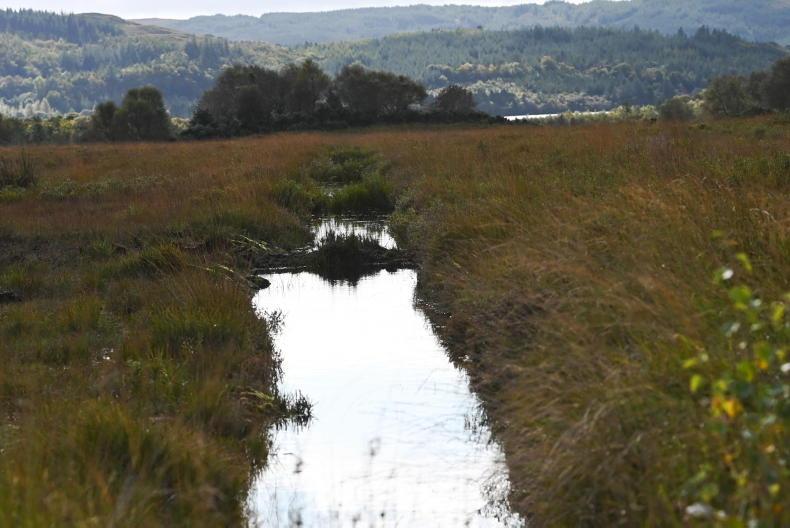

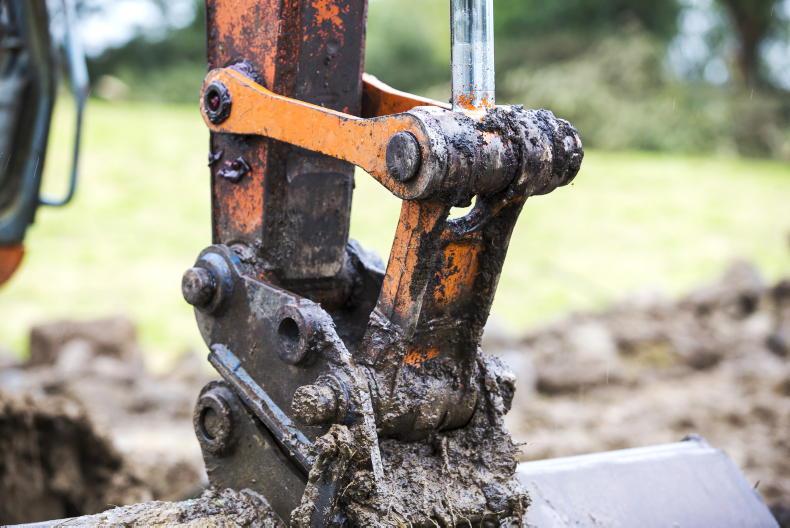

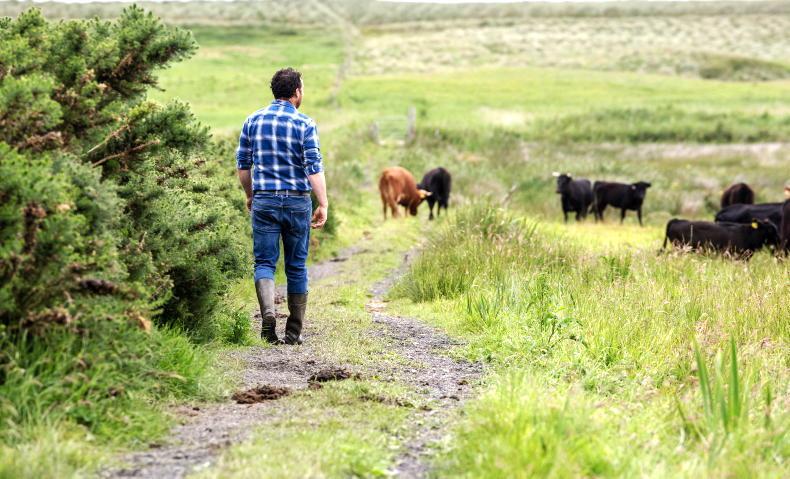
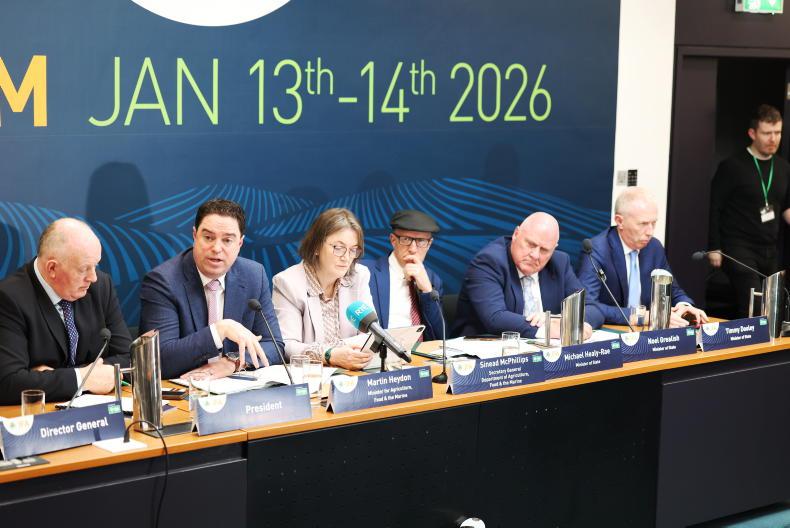

SHARING OPTIONS